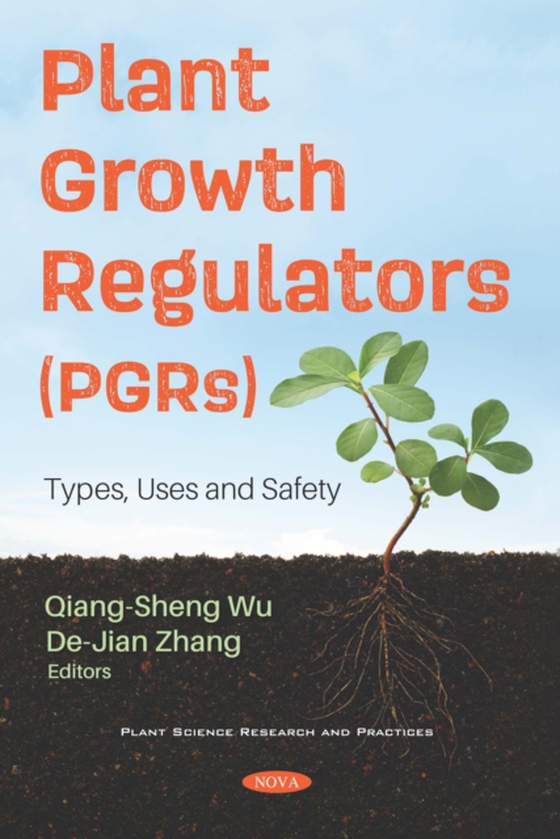
Plant Growth Regulators (PGRs): Types, Uses and Safety e-bog
802,25 DKK
(inkl. moms 1002,81 DKK)
Plant growth regulators consist of organic molecules produced synthetically and used to modulate plant growth. There are several classes of plant growth regulators, including auxin, gibberellin, abscisic acid, cytokinins, salicylic, jasmonic acid and ethylene, as well as more recently investigated brassinosteroids, strigolactones, polyamine, etc. These plant growth regulators have either promot...
E-bog
802,25 DKK
Forlag
Nova
Udgivet
31 januar 2020
Længde
150 sider
Genrer
Botany and plant sciences
Sprog
English
Format
pdf
Beskyttelse
LCP
ISBN
9781536172577
Plant growth regulators consist of organic molecules produced synthetically and used to modulate plant growth. There are several classes of plant growth regulators, including auxin, gibberellin, abscisic acid, cytokinins, salicylic, jasmonic acid and ethylene, as well as more recently investigated brassinosteroids, strigolactones, polyamine, etc. These plant growth regulators have either promoting or inhibitory effects on plant growth and development by means of modification in plant secondary metabolism and gene regulation. Some of plant growth regulators may have safe issues in fields. More attention should be paid in the application of plant growth regulators. Researchers also try to find other regulators to do more field experiments, in order to reduce the amount of organic chemicals (e.g., traditional plant growth regulators) used. This book discusses the function, types, uses and safety of plant growth regulators. The effects of plant growth regulators on horticultural plants are specially introduced in this book. Fly ash and soil mycorrhizal fungi-released glomalin also get a lot of attention in this book.
 Dansk
Dansk

